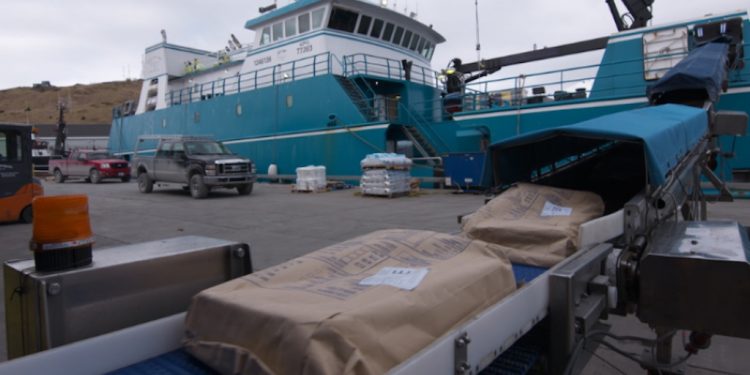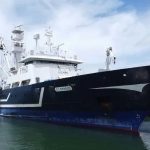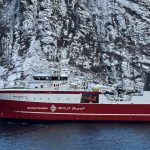A new economic snapshot analysing the Alaskan seafood industry and its 50% drop in profitability in 2022-23 has been released by NOAA Fisheries.
NOAA Fisheries social scientists and economists compiled data from fishing boats, processors, and international trade databases for both state and federal fisheries in Alaska. They interviewed participants in the industry, fishing associations, members of dependent businesses, and Alaska community members.
This effort, focused on the commercial, for-profit seafood industry in Alaska, culminated in the Alaska Seafood Snapshot for 2023 with its key findings that starting in 2022, the industry experienced higher costs associated with increased wages, higher energy prices and higher interest rates, while revenue decreased in 2023 due to declining prices for every major species group.
‘The Alaska seafood industry is a major contributor to the US seafood sector,’ said Robert Foy, director of the Alaska Fisheries Science Center. ‘The social and economic ramifications of Alaska’s losses have reverberated down the West Coast and across the country.’
This has resulted in more than 38,000 job losses across the US and a $4.3 billion loss in total US output. The most affected states (including Alaska, Washington, Oregon, and California) saw a combined loss of $191 million in state and local tax revenues.
The study also identified that post-pandemic, retail operational strategies and consumer seafood purchases have changed. Historically, retailers would lower prices to clear inventory. However, strong retail demand for seafood during the pandemic as individuals ate at home was followed by a dramatic decline in that demand as restaurants and schools opened up. This meant that retailers were saddled with high-priced inventory and lower demand.
Retailers transitioned to keeping supply lower by slowly moving inventory out of cold storage. This practice lowered the seafood supply in the market and kept prices higher, allowing retailers to stay afloat. But it also meant seafood producers, processors, and wholesalers in Alaska demanded a lower quantity of seafood. Retail seafood prices have softened somewhat in 2024, but not by enough to entice consumers to purchase the volumes they bought in 2020–2021.
A further challenge is overseas competition, as Russian fisheries have earned MSC certification and use the trade name “Alaska pollock” in marketing. This results in sustainable US fisheries having less of an edge in the global marketplace. Lower labour and operating costs in production and processing abroad, as a result of lower environmental and labor standards, also hurt competitive standing.
NOAA’s findings are also that international trade barriers, the strengthening US dollar, the effects of inflation on consumer demand, decline in in seafood processing jobs and plant closures in the United States, and lack of revenue insurance for harvesters and processors such as farmers have under the US Department of Agriculture have all beencontributing factors to the 32% decline in vessel revenues from 2022 to 2023, totalling $617 million. First wholesale values dropped $1.2 billion, or 26%.
Climatic changes are also having profoundimpacts. A marine heatwave in 2017–2018 led to a crash in the snow crab fishery in 2022. It also coincided with Bristol Bay red king crab fishery closures from 2021 to 2023. This was devastating to the Bering Sea crab fleet and, in particular, the community of St. Paul where processor closures led to a 60% loss in its community budget.
The future of the seafood industry in Alaska is clouded by these warming ocean conditions associated with climate change. When coupled with economic downturns like those reported in 2023, this undermines the capacity for the Alaska seafood industry and associated communities to remain resilient.









